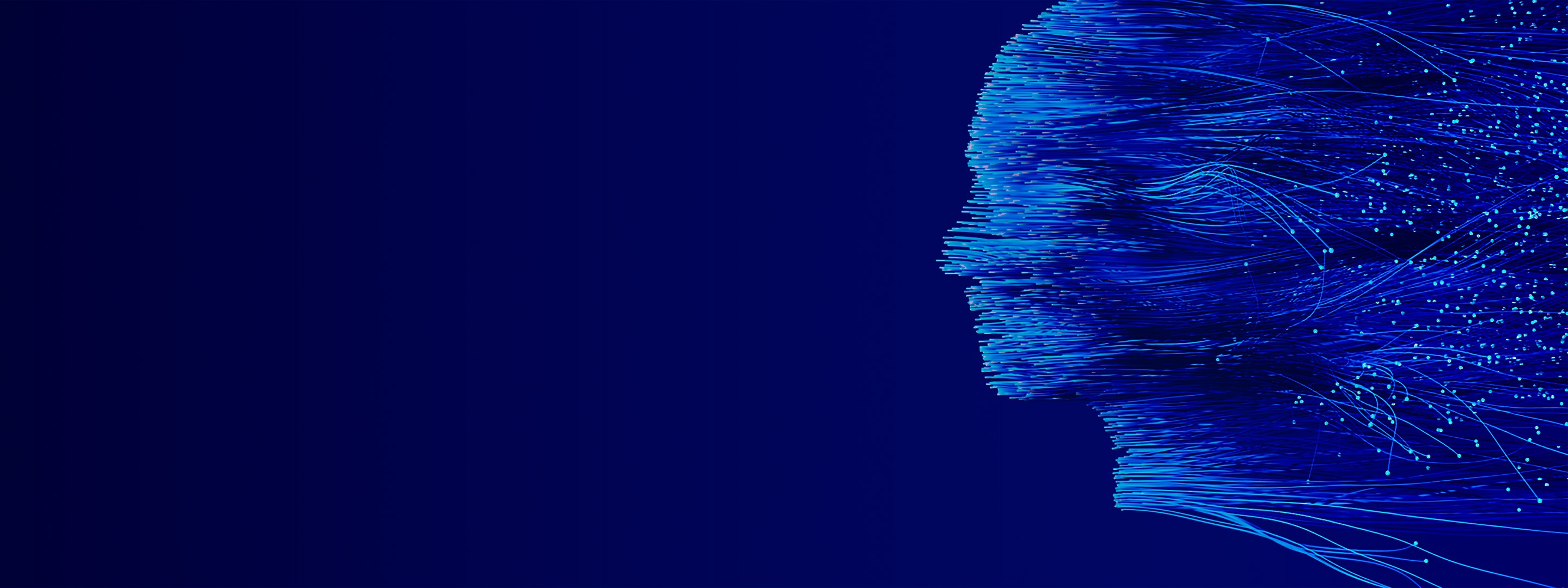
MedEd Bytes
A byte-sized video series to help you learn about the safe and effective use of therapies in patient monitoring and respiratory interventions
MedEd Bytes is a video series that offers a quick and digestible learning format that can help solidify your understanding of different therapies leveraged in patient monitoring and respiratory interventions. In this series, we’ll cover topics such as capnography waveforms, the technology behind pulse oximetry, ventilator breath delivery, and more. Start watching the series below.
In this MedEd Bytes series, we learn about the application of BIS™ monitoring to ensure adequate depth of anesthesia for a patient under general anesthesia.
In this MedEd Bytes series, we discuss the application of regional oximetry in critically ill neonatal patients.
The McGRATH™ MAC video laryngoscope is proven to improve first time success rate,1,2 and potentially lessen hemodynamic response to intubation3,4 when compared to the traditional direct visualization technique. In this MedEd Bytes series, we learn about the application of the McGRATH™ MAC video laryngoscope to improve intubation success.
This concise video series offers offers one-to three-minute training training snippets, focusing on essential topics for NICU airway management. Gain practical guidance and easy steps to optimize your use of the SonarMed™ system with our quick and informative training videos.
Out-of-hospital remote patient monitoring is the electronic collection of patient physiological measurements (such as blood pressure, weight, heart rate, temperature, respiratory rate, or blood glucose levels) outside of traditional health care settings.5 The primary objective of remote patient monitoring is often earlier recognition of deterioration, mostly in patients with chronic diseases.6
During the COVID-19 pandemic clinicians published several studies showing that pulse oximetry readings, which rely on light absorption technology, can overestimate arterial saturation in patients with dark skin pigmentation.7–10 Additionally, evidence showed that these inaccuracies place patients at risk for delayed or missed treatment.8 While pulse oximetry bias in patients with dark skin pigmentation had been documented for decades,11 these new studies provided additional information on the clinical significance of racial bias in pulse oximetry. This, in turn, has triggered a new discussion of approaches to evaluate the performance of pulse oximeters.12
In this MedEd Bytes series, we assess the challenges impacting hospitals and healthcare practitioners today and discuss how wearables, remote monitoring, and continuous monitoring can help.
Capnography measures ventilation, which reflects the effectiveness of breathing and is represented by a waveform graphic of each breath in real time. But what do different waveforms look like, and how can they be interpreted? This series starts by explaining normal capnography waveforms before showing examples of unique scenarios involving apnea, hypoventilation, and more.
In this educational series, we discuss the different modes of ventilation, triggering and cycling, ventilator patterns, as well as features and software options unique to the Puritan Bennett™ 980 ventilator.†
The ventilator system is not intended to be a comprehensive monitoring device and does not activate alarms for all types of conditions. Do not operate the ventilator in a magnetic resonance imaging (MRI) environment. Risks associated with using a mechanical ventilator include but are not limited to hypoxemia, hypercarbia, hypocarbia, and infection.
† Please pay close attention to warnings and their associated consequences as described in the Puritan Bennett™ 980 ventilator operator’s manual.